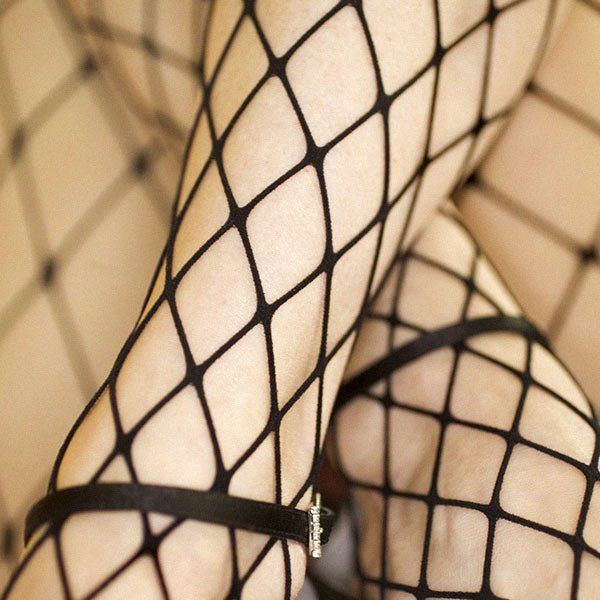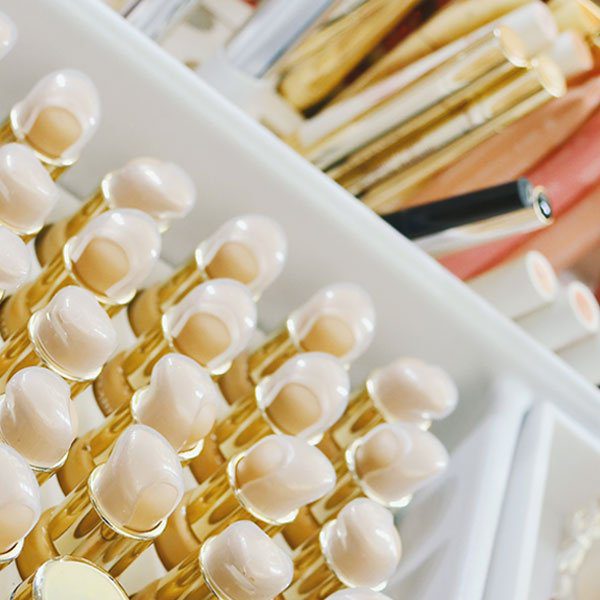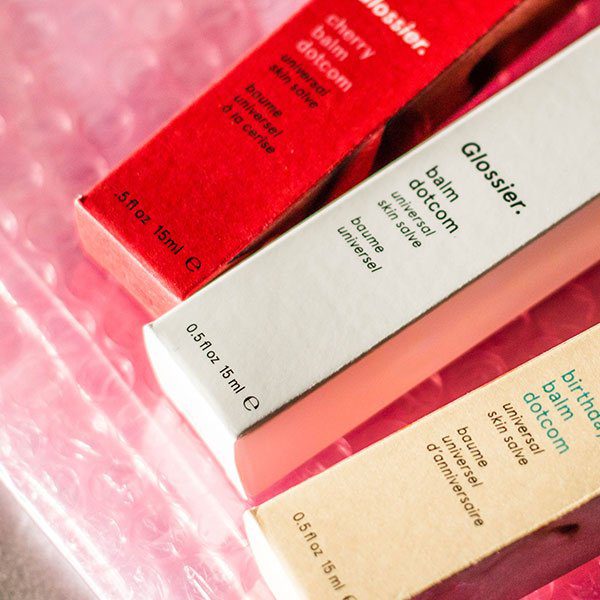
The Importance of White Balance in Boudoir Photography: Capturing the True Essence
oudoir photography, by its very nature, seeks to unveil the intimate and authentic essence of its subjects. It isn't just about the gentle curve of a spine or the soft gaze of the eyes; it's about capturing a moment, a feeling, a whisper of vulnerability, or a shout of empowerment. Every photograph holds within its frame a myriad of stories, emotions, and dreams. And just as a writer meticulously chooses words to convey a story, a boudoir photographer selects the optimal camera settings to narrate their visual tale.
Enter white balance—a seemingly technical term, yet one imbued with significant artistic implications. This crucial setting becomes a storyteller’s tool, determining the mood and atmosphere of an image. It’s not just about ensuring the whites in your photographs are genuinely white, but it’s about painting an image with the perfect shade of emotions. Incorrect white balance might lead to a misrepresentation, perhaps casting a cold hue over a moment meant to exude warmth or vice versa.
“Under the golden embrace of the sun or the serene glow of the moon, every moment finds its unique brilliance, inviting us to capture the dance of light in its purest form.”
When we explore the heart of boudoir photography, where raw emotions meet technical precision, understanding and mastering white balance becomes indispensable. It shapes narratives, defines moods, and ensures that every image is not only technically impeccable but emotionally resonant. As we journey further into this topic, we’ll uncover how to harness white balance’s transformative power, painting each photograph with authentic hues of emotion and story.

The Essence of White Balance: Color Neutrality & Beyond
Unraveling the Definition:
White balance, at its most foundational level, is the camera’s way of ensuring that the colors in your photographs appear as they would under neutral lighting. It’s the calibration tool for our lenses, rectifying the quirks and variances of different light sources. When light isn’t purely white, it casts hues—sometimes blue, sometimes yellow, sometimes another shade entirely. White balance steps in to counteract these casts, ensuring that what’s white in real life remains white in the photograph. In essence, it ensures that the emotional warmth or coolness of a scene matches its visual representation.
Diving into the Science: Color Temperature & Kelvin
Every light source has a color temperature. Remember the warm, amber glow of a candlelit room? Or the crisp, blueish hue of a snowy landscape illuminated by an overcast sky? These are manifestations of color temperature, which is essentially a measure of the spectral composition of light.
This temperature is quantified using the Kelvin scale, often abbreviated as ‘K.’ Higher Kelvin values, say around 10,000K, correlate with cooler, bluish lights—think of a clear blue sky. On the other hand, lower Kelvin values, around 2,000K to 3,000K, resonate with warmer, yellowish lights—like the aforementioned candle or a sunset.
While these scientific specifics might sound daunting, they’re at the heart of understanding white balance. By learning the language of Kelvin and recognizing the color temperatures of various light sources, photographers can wield white balance as both a tool of precision and an instrument of artistry. After all, every boudoir photo, with its delicate interplay of shadow and light, becomes a canvas where the science of color meets the art of storytelling.
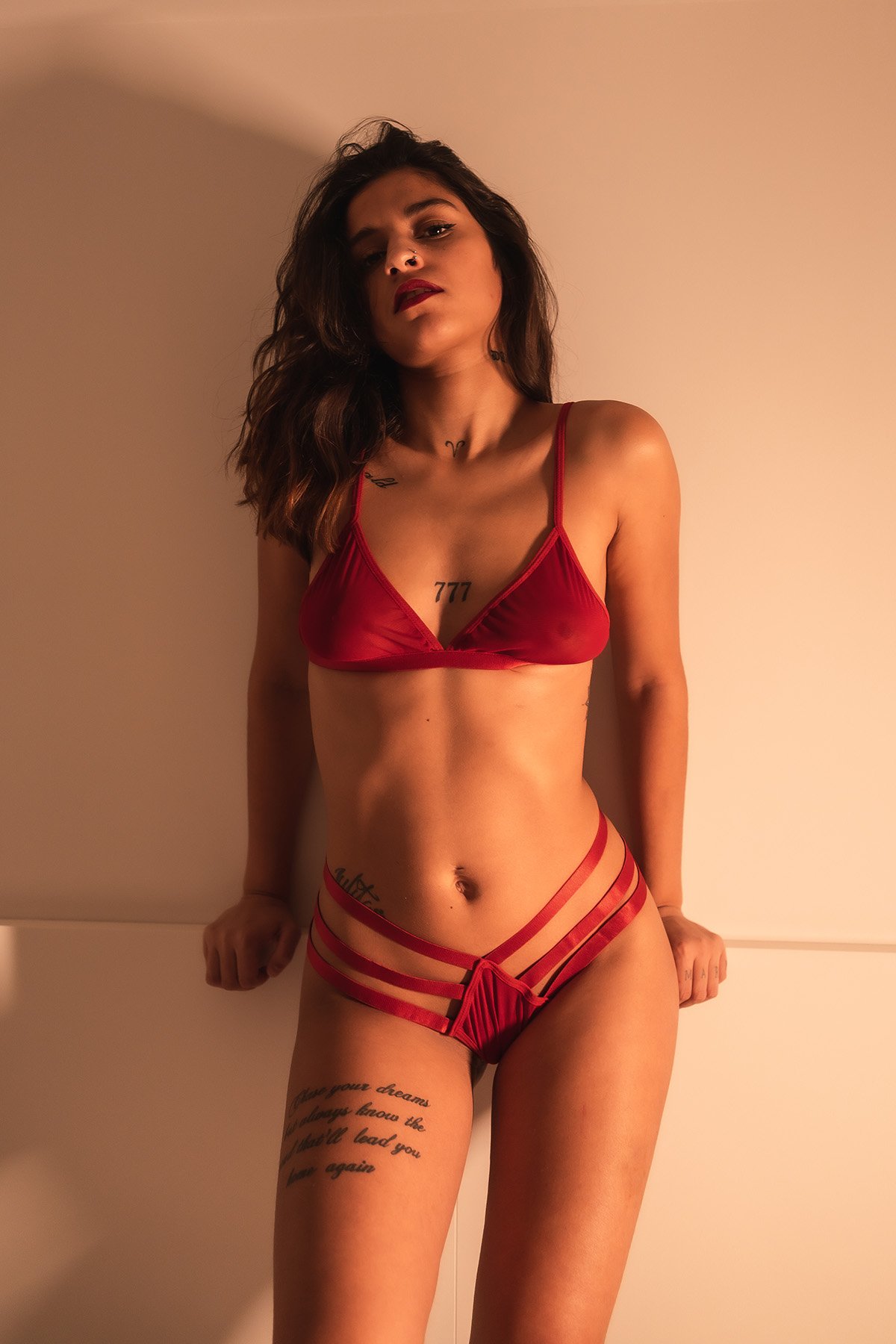

White Balance: Setting the Emotional Tone
The Spectrum of Emotions Through Color Temperatures:
The nuances of color, subtle though they may be, have an innate ability to evoke powerful emotions in viewers. Just as a musician uses notes to stir feelings, photographers employ color temperatures to tug at the heartstrings of those beholding their images. The shades of light captured in a frame can whisper tales of warmth or sing songs of serene coolness, each conveying a unique message.
Warm Tones: An Ode to Sensuality and Intimacy
Warm tones, with their golden and amber hues, evoke a sense of closeness and warmth. In boudoir photography, these tones envelop the subject, adding layers of sensuality and fostering an intimate ambiance. The gentle caress of these tones can make skin glow with a sun-kissed radiance, encapsulating moments in a cocoon of coziness. Like the tender embrace of a lover or the soft glow of twilight, warm tones capture the essence of proximity and passion.
Cool Tones: Painting Tranquility and Elegance
On the opposite end of the spectrum, cool tones dance with shades of blue, silver, and gray, introducing an aura of calmness and poise. In the context of boudoir photography, these tones can elevate the atmosphere, evoking feelings of serenity, sophistication, and grace. Think of the elegance of moonlit nights or the tranquil serenity of dawn’s first light. Cool tones craft a tapestry of refined beauty, casting the subject in an ethereal, dreamlike setting.
In conclusion, the judicious use of white balance doesn’t merely correct color—it also shapes the narrative. By understanding the emotional implications of color temperatures, boudoir photographers can curate a mood, guiding the viewer’s emotions and bringing the story they wish to convey into sharp, emotive focus.
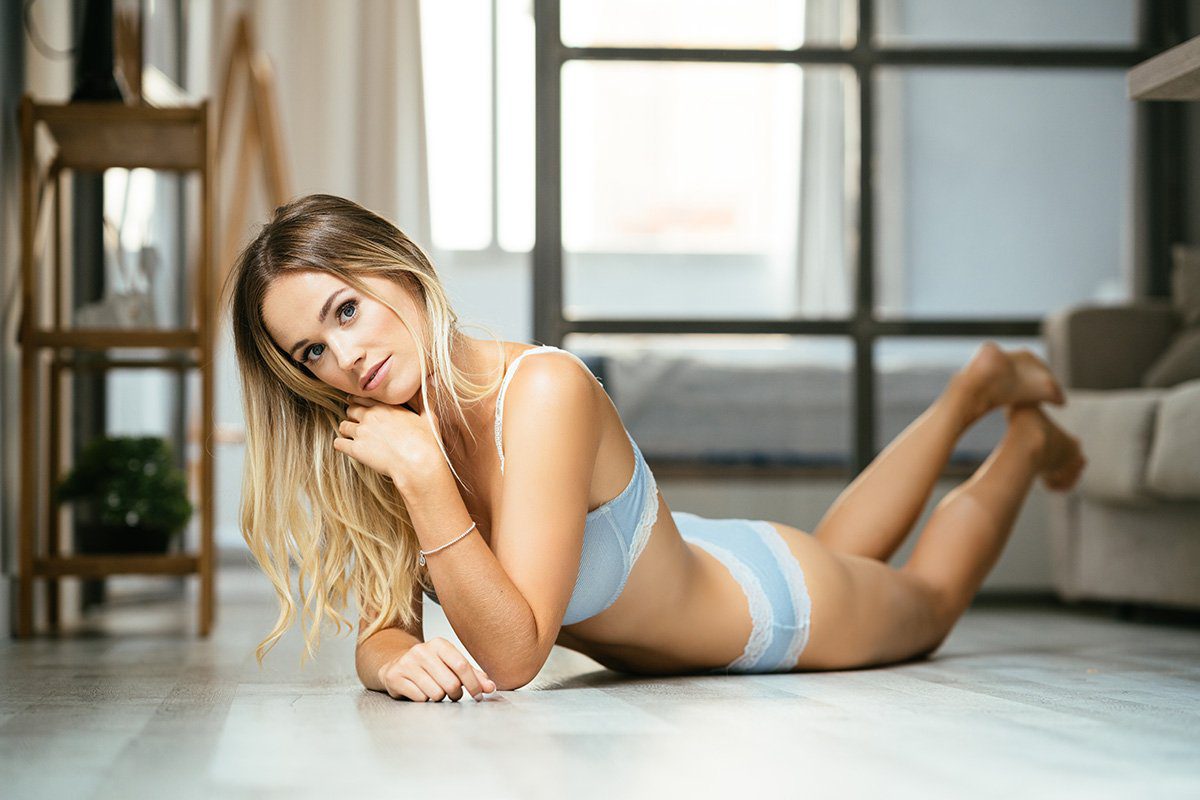
White Balance: The Significance of Skin Tones in Boudoir Photography
Celebrating the Human Canvas:
In boudoir photography, the human form is celebrated in its raw, unfiltered beauty. It’s a tribute to the individuality, the curves, the shadows, and above all, the skin. The skin acts as the canvas, capturing and reflecting light in ways that accentuate the subject’s features and emotions. When illuminated correctly, the skin can narrate tales of authenticity, vulnerability, and allure.
The Deceptive Dance of Incorrect White Balance:
However, one misstep in white balance can lead to this canvas telling a distorted tale. Incorrect white balance can cast unsightly color tints on the skin, from the sickly pallor of greens to the unnatural flush of oranges. Such misrepresentations not only detract from the image’s authenticity but can also be unflattering, detracting from the overall mood and intent of the photograph. When skin, the primary subject in boudoir photography, is rendered incorrectly, the essence of the moment is lost.
Crafting Authenticity with White Balance:
To truly honor the human form in boudoir photography, it’s imperative to ensure that the skin is represented in its genuine shade. Proper white balance adjustments serve as the bridge between the photographer’s vision and the reality of the image. When skin tones are rendered accurately, they resonate with authenticity. This authenticity allows for a more intimate connection between the viewer and the image, making each photograph not just a visual treat, but an emotive experience. By carefully calibrating white balance, photographers can present their subjects in the most flattering light, ensuring that each image becomes a testament to the beauty of the human form.
In essence, while boudoir photography is about celebrating individuality, it’s the subtleties in skin tones, achieved through precise white balance, that elevate the portrayal from a mere image to a deeply moving piece of art.
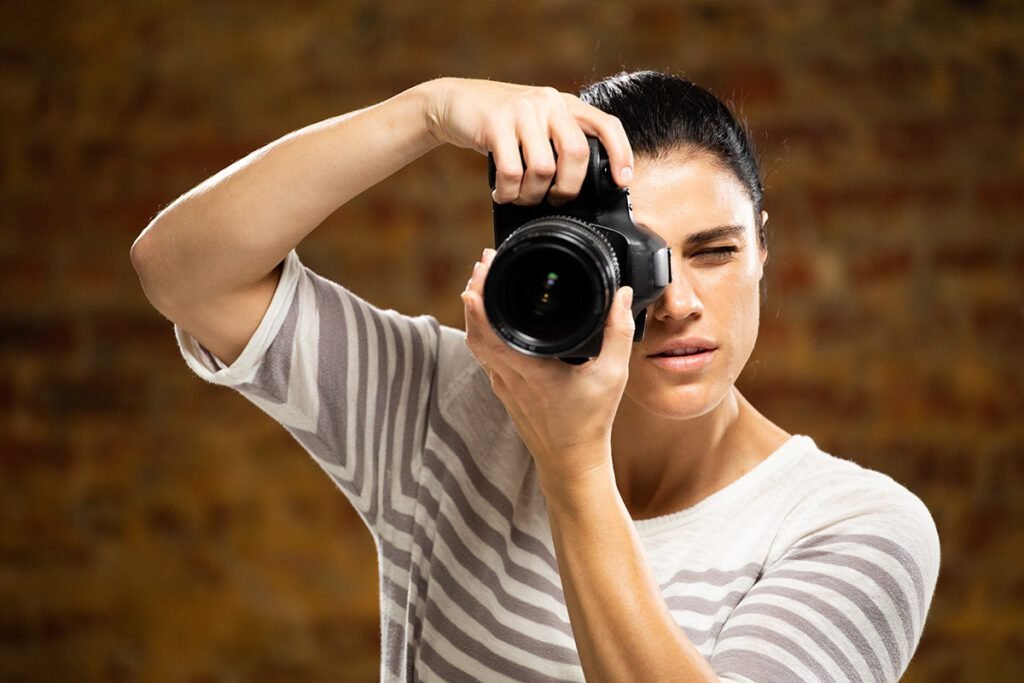
Pursuit of Consistency Amidst Varied Lighting
The Spectrum of Light in Boudoir Sessions
Boudoir photography, while intimate, can be as diverse as the stories it seeks to tell. From the muted glow of dawn filtering through sheer curtains to the dramatic flair of artificial strobes, every lighting situation in a boudoir session introduces its own color temperature. Natural light brings with it the warmth of the sun or the coolness of an overcast day, while studio lights might emit a controlled, consistent hue. The challenge lies not just in capturing these varied scenarios, but in weaving them into a cohesive visual tale.
Stitching a Harmonious Visual Narrative
While every image might stand alone in its beauty, a boudoir session should ideally feel like chapters of a single story rather than disconnected verses. Achieving this requires more than just a keen eye for composition; it mandates a uniform color palette. White balance, in this context, acts as the thread that binds these chapters together. By ensuring that whites are truly white and that there aren’t jarring shifts in color temperature from one image to the next, photographers can guide the viewer through a seamless visual journey.
Efficiency and Artistry in Post-Processing
Beyond the in-the-moment artistry, there’s a pragmatic advantage to maintaining white balance consistency: streamlined post-processing. Editing becomes smoother when color temperatures are consistent. Instead of grappling with each image individually, photographers can apply similar adjustments across shots, ensuring that time is spent enhancing rather than correcting. Moreover, when the final set of images is presented, there’s a harmonious flow, a narrative that feels fluid and connected. This not only elevates the client’s experience but also positions the photographer as a meticulous storyteller.
In the intricate ballet of boudoir photography, lighting plays a lead role, but it’s the meticulous calibration of white balance that ensures the performance remains impeccable throughout. It’s this pursuit of consistency, amidst the diverse tapestry of lighting, that sets apart good boudoir photography from truly exceptional narratives.
Detail and Color Enhancement Through White Balance
The Canvas Beyond Skin
While skin tones undeniably hold central importance in boudoir photography, they are but one element of a vast and intricate tableau. The backdrop, the attire, the intricate lace patterns on a piece of lingerie, or the glint of a pendant — each of these elements contribute to the overall narrative. And just as with skin tones, white balance plays a pivotal role in ensuring these elements are depicted with vibrancy and accuracy.
Magnifying the Minutiae with White Balance
Imagine a scene where a piece of sapphire jewelry is the focal accessory. A misjudged white balance might render it less brilliant, or even shift its hue. Similarly, the delicate blush hue of lingerie can turn pale or overly saturated without proper color calibration. Proper white balance ensures that these nuances, often painstakingly chosen for the shoot, are faithfully represented. It accentuates the details, making lace patterns pop, jewelry shimmer, and fabrics showcase their true texture and hue.
A Palette True to Vision
Every color in a boudoir shoot is a brushstroke in the larger picture. When each color is true to its intended shade, the result is a photograph that doesn’t just capture a moment, but does so with an authenticity that resonates. It’s the difference between an image that simply looks beautiful and one that feels genuine. Through white balance, the reds stay rich, the blues remain deep, and every shade in between finds its rightful place on the palette.
In essence, white balance is akin to tuning a musical instrument. When calibrated just right, every note, or in this case, color, hits the perfect pitch, resulting in a symphony of details that elevates the art of boudoir photography to its pinnacle.

Honoring and Capturing the Client’s Vision
A Collaboration of Visions
Boudoir photography isn’t a one-size-fits-all venture. It’s a deeply personal exploration of self, and every individual stepping in front of the lens comes with a unique vision, a story they wish to convey. Recognizing this vision is the first step in honoring the trust a client places in the photographer. It’s about weaving their narrative, their desires, and their uniqueness into the fabric of the final image.
Tailoring the Palette to the Narrative
Just as an author tailors words to fit the tone of a story, a photographer employs white balance to craft an environment that resonates with the client’s envisioned outcome. Whether they dream of a shoot that exudes classic elegance, playful sensuality, or introspective serenity, white balance serves as a dynamic tool to align the visual mood with the emotional intent. Every hue adjustment, every color tweak, becomes a means to paint the client’s narrative in its most authentic light.
Beyond Aesthetics – Crafting Meaningful Experiences
While a photograph is a tangible artifact, the journey of creating it is an experience in itself. Personalized boudoir sessions, tailored meticulously to the client’s vision, make this journey deeply meaningful. It’s more than just getting the colors right; it’s about making the subject feel seen, understood, and celebrated in their individuality.
The Ultimate Goal – A Cherished Memory
The finished photograph, thus, becomes more than just a beautifully composed shot. It stands as a testament to a collaborative venture, where the client’s vision melded seamlessly with the photographer’s expertise. It’s an image that not only reflects their envisioned style but also the essence of who they are.
To truly honor a client in boudoir photography is to understand that behind every shot is a person with desires, vulnerabilities, and dreams. By valuing and capturing their unique vision, the photographer doesn’t just create an image; they craft a memory, a cherished keepsake that will stand the test of time.

White Balance Adjustment Techniques
Navigating the Camera’s Auto White Balance (AWB) Mode
The modern camera, with its myriad of technological advancements, offers an Auto White Balance (AWB) mode designed to simplify the photographer’s task. By automatically analyzing the prevalent lighting conditions, it attempts to adjust the color temperature to achieve a neutral, balanced hue. But while AWB can be a quick solution in many scenarios, it’s not infallible. Especially in complex lighting conditions, or when specific moods are desired, AWB might miss the mark, making manual interventions imperative.
Customizing Your Approach with the Gray Card
When precision becomes non-negotiable, stepping beyond the AWB becomes essential. Enter the gray card method—a classic yet effective technique. By taking a reference shot of a neutral gray card under the same lighting conditions as your shoot, you provide your camera with a baseline. This method allows you to calibrate the color temperature precisely, ensuring the hues in your boudoir images are spot on.
Capturing the Scene: Reference Image Calibration
Sometimes, a scene’s unique elements can make even the gray card method less than ideal. In such instances, capturing a reference image becomes a valuable technique. By photographing a white or neutral object in the same lighting environment, you can later use this reference to adjust the white balance, ensuring that the entire scene remains harmoniously balanced.
The Power of Post-Processing
Even with the best in-camera techniques, there’s often room for refinement. That’s where post-processing software comes into play. Tools like Adobe Lightroom or Capture One offer sophisticated white balance adjustments, allowing photographers to tweak color temperatures with meticulous precision. Whether it’s a slight adjustment to enhance mood or a more pronounced change to correct an oversight, post-processing ensures that the final boudoir image is nothing short of perfection.
In the intricate dance of boudoir photography, where emotions and aesthetics meld seamlessly, white balance stands as a powerful tool in the photographer’s kit. By understanding and leveraging various adjustment techniques, from in-camera solutions to post-processing refinements, photographers can ensure that every shot is not just technically sound, but emotionally resonant.
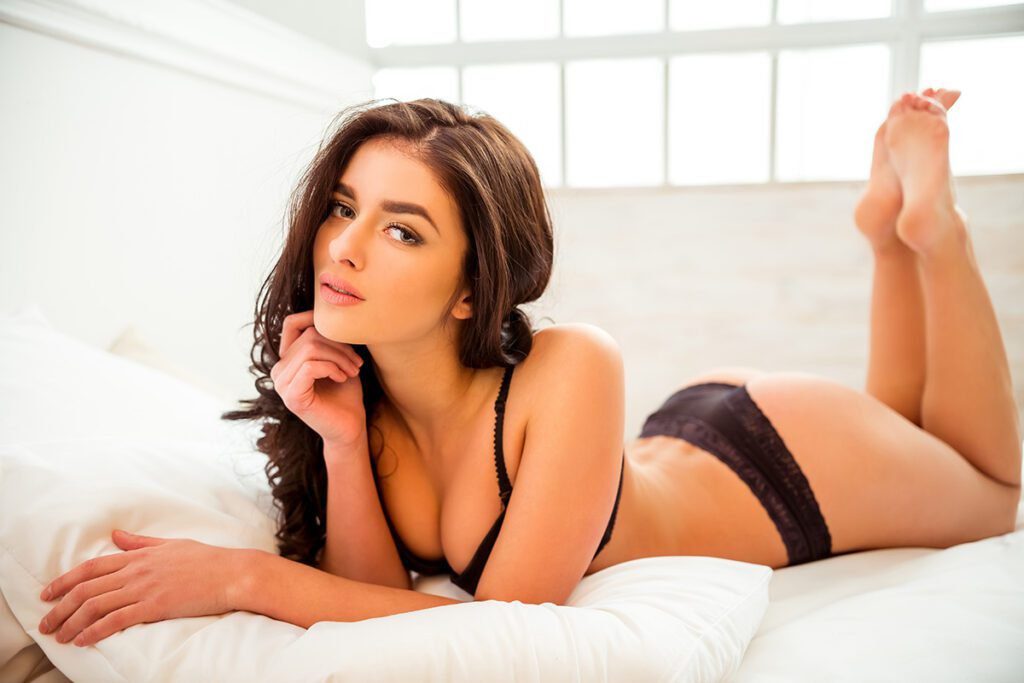
Ending On A Lighter Note
The art of boudoir photography is as intricate as it is intimate, relying heavily on a plethora of factors to create images that resonate. Central to this delicate balance is the profound influence of white balance. It’s more than just a technical setting; it’s a pivotal element that shapes the mood, vibrancy, and authenticity of every image. From capturing the raw beauty of skin tones to setting a scene alive with emotion, white balance proves time and again its transformative power.
But like any art form, mastery is an ongoing journey. It’s a blend of practice, patience, and passion, always encouraging the artist to reach for new horizons. To truly excel, there’s a world of exploration awaiting every boudoir photographer in the realm of white balance. Whether it’s experimenting with different lighting scenarios, trying new adjustment techniques, or simply capturing diverse subjects, every session offers a unique opportunity to learn and grow.
For those eager to delve deeper, a wealth of knowledge is just a click away. Online resources, forums, and courses stand ready to guide photographers in honing their skills, offering insights, tips, and tricks on mastering the nuances of white balance. Such platforms not only provide technical guidance but also foster a community of enthusiasts eager to share, inspire, and uplift.
Lastly, remember that the pursuit of boudoir photography is much like the art itself—personal, profound, and endlessly evolving. As you embark or continue on this path, cherish every moment of discovery, every challenge faced, and every masterpiece created. Let the world of white balance be your guide, amplifying your artistic expression, and enabling you to craft images that are not just seen but felt. The journey to perfection never truly ends, but with every step, the vision becomes clearer, and the art more captivating. Embrace it, and let your passion for boudoir photography illuminate the way.



